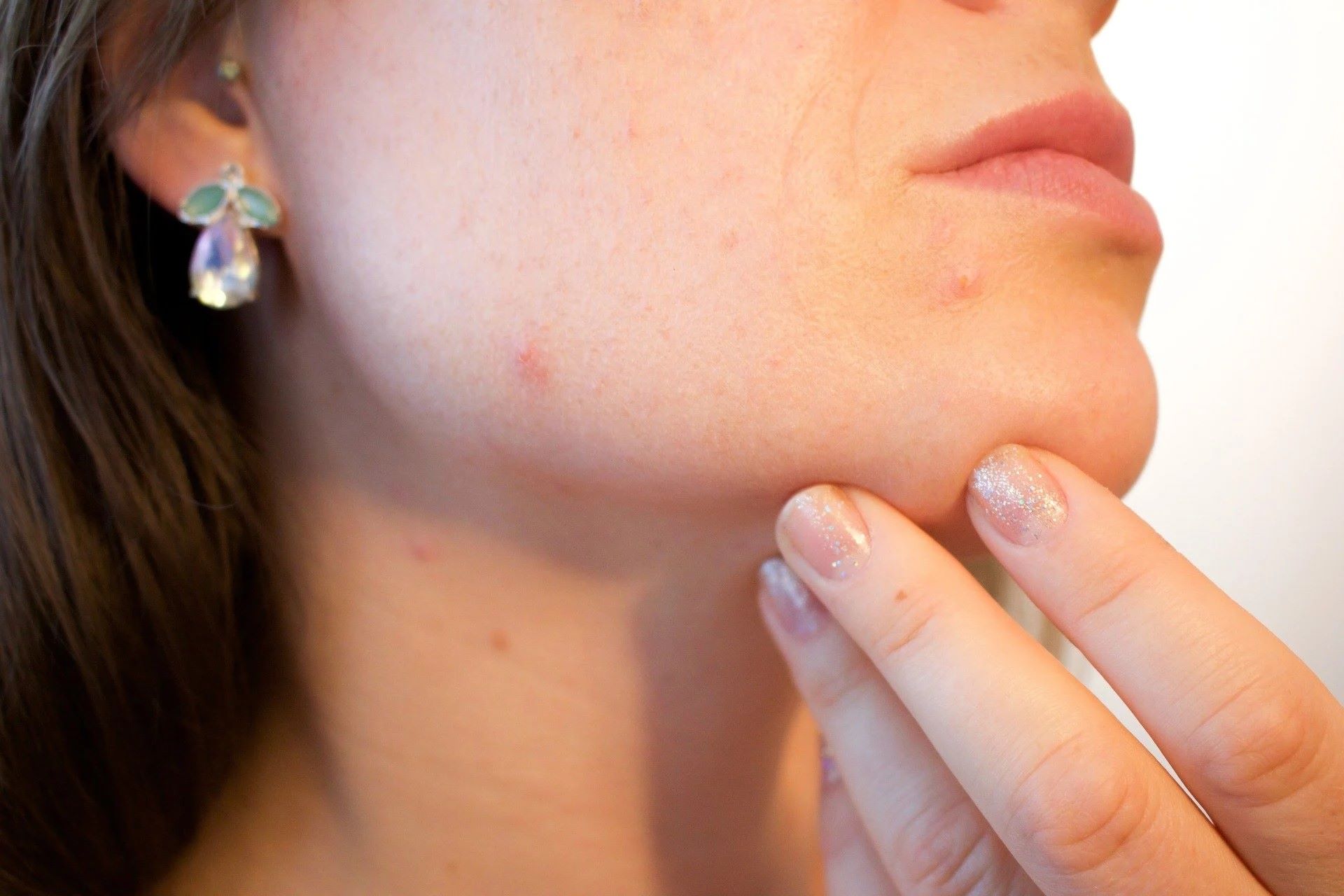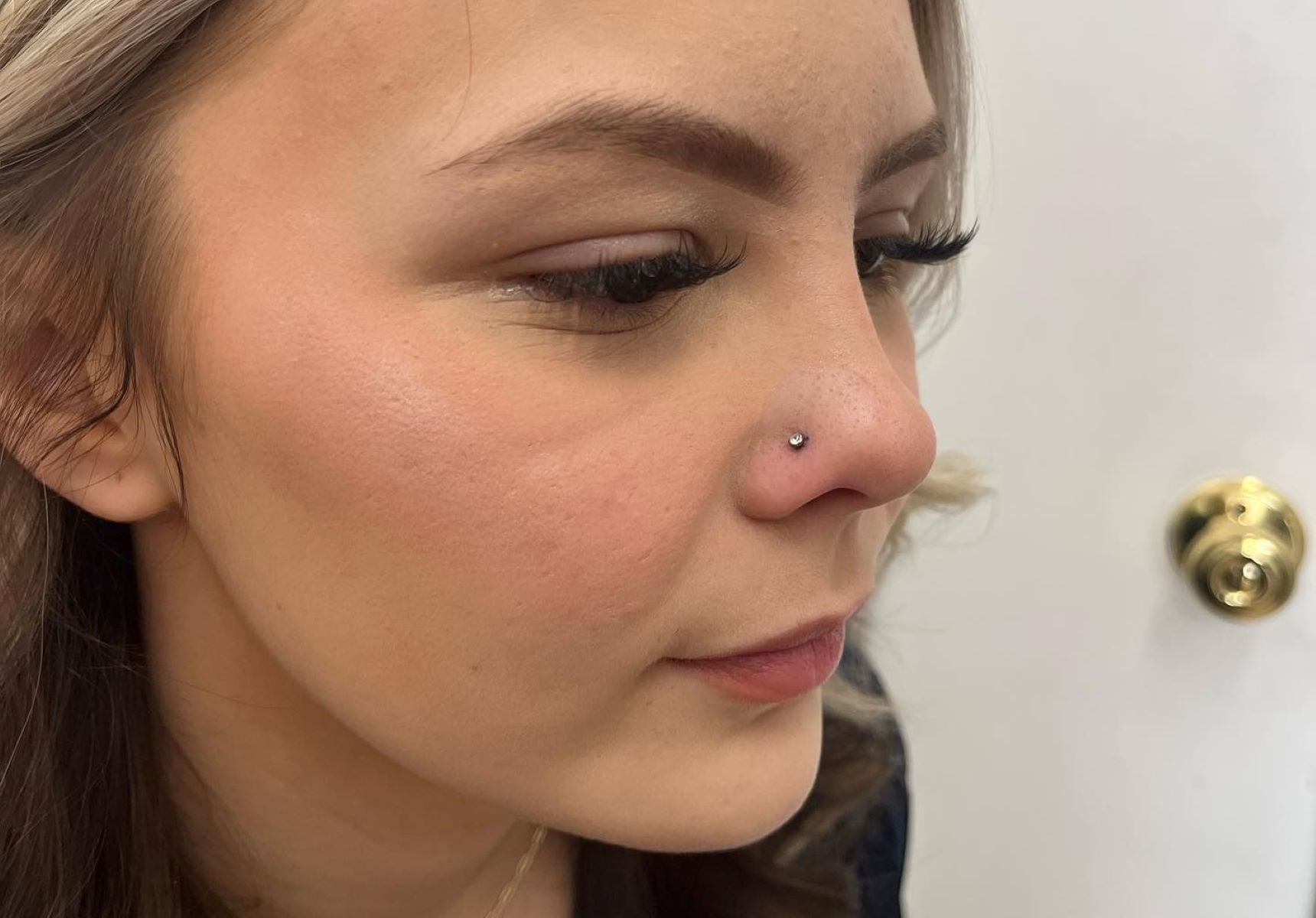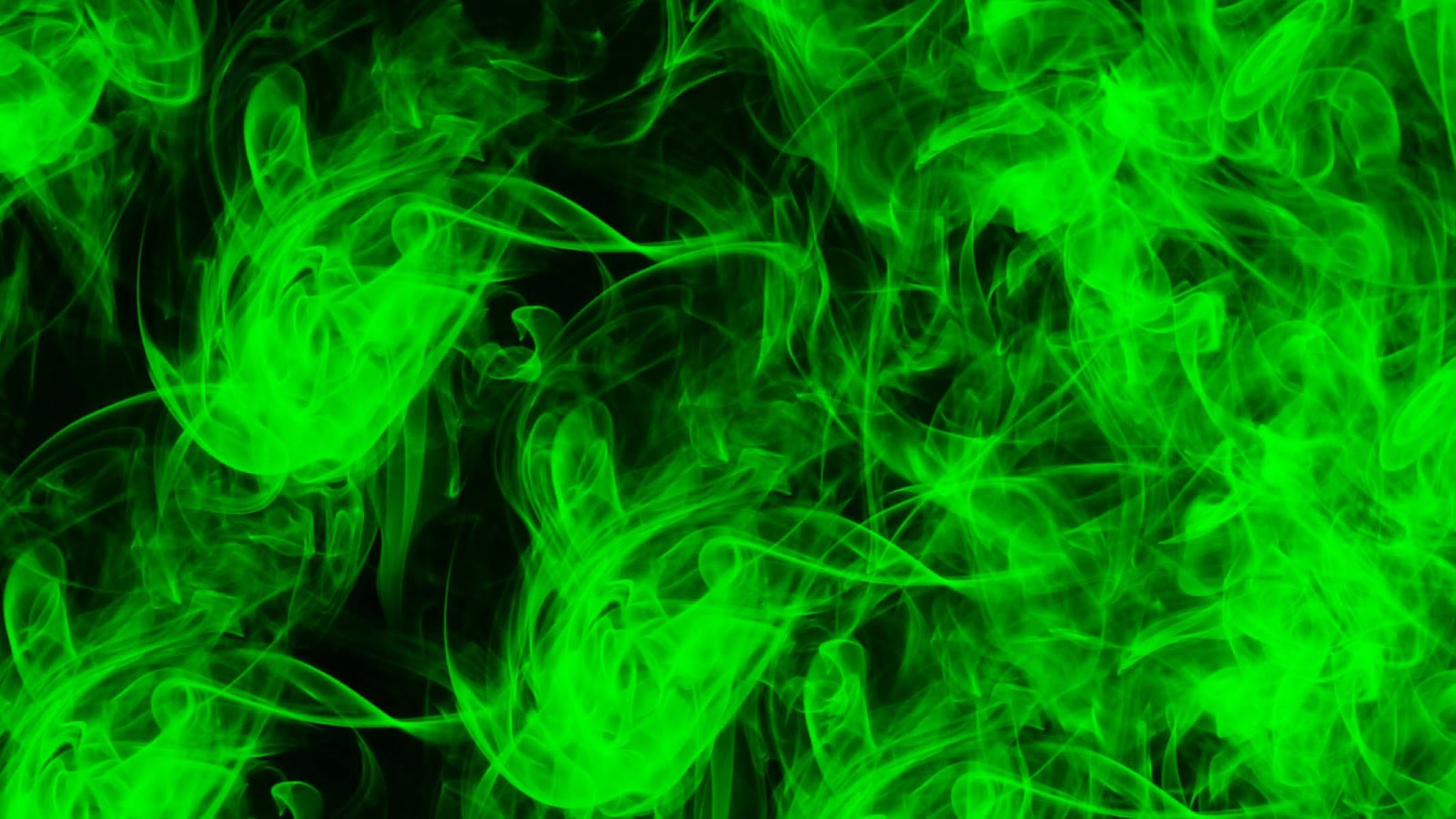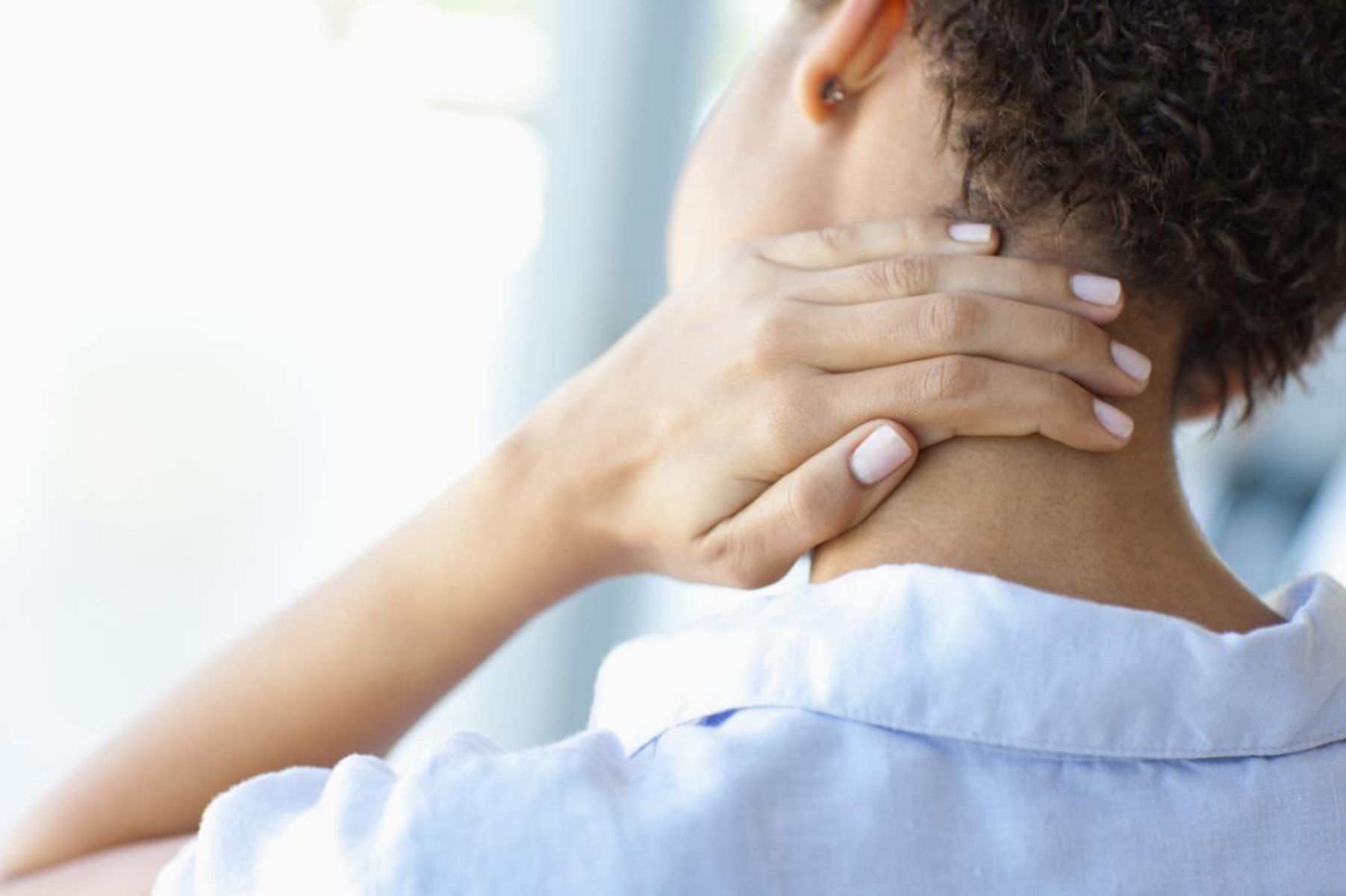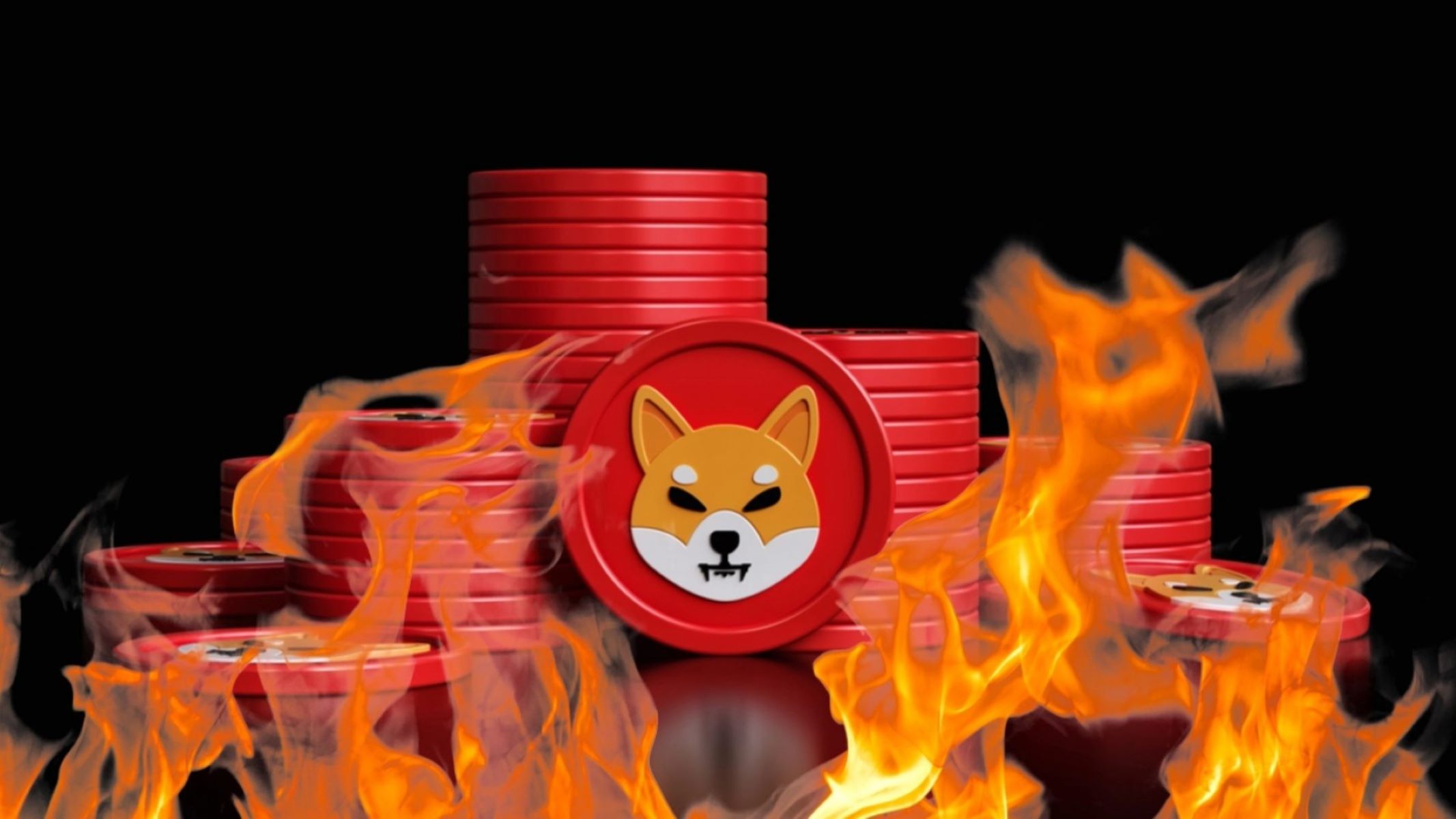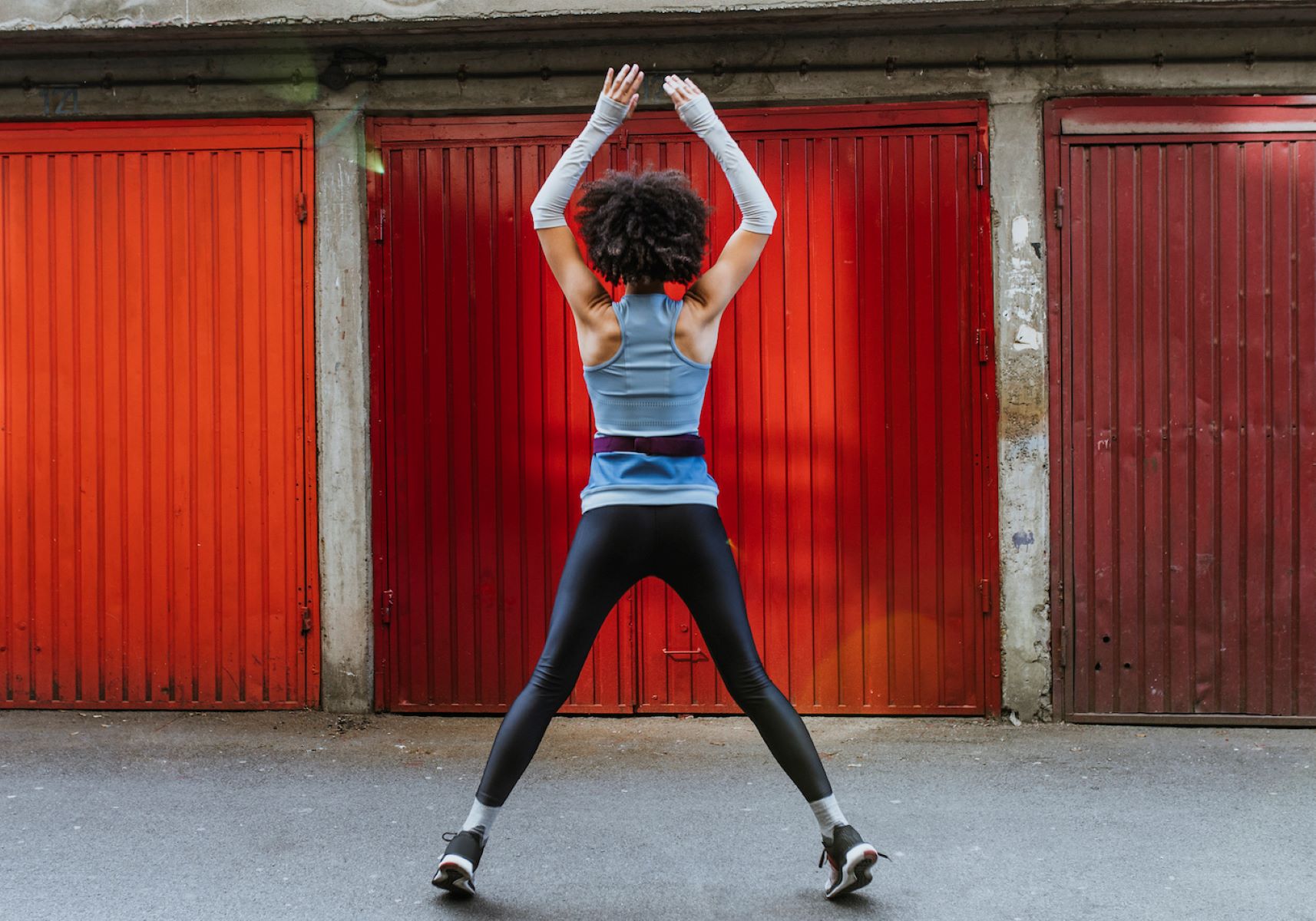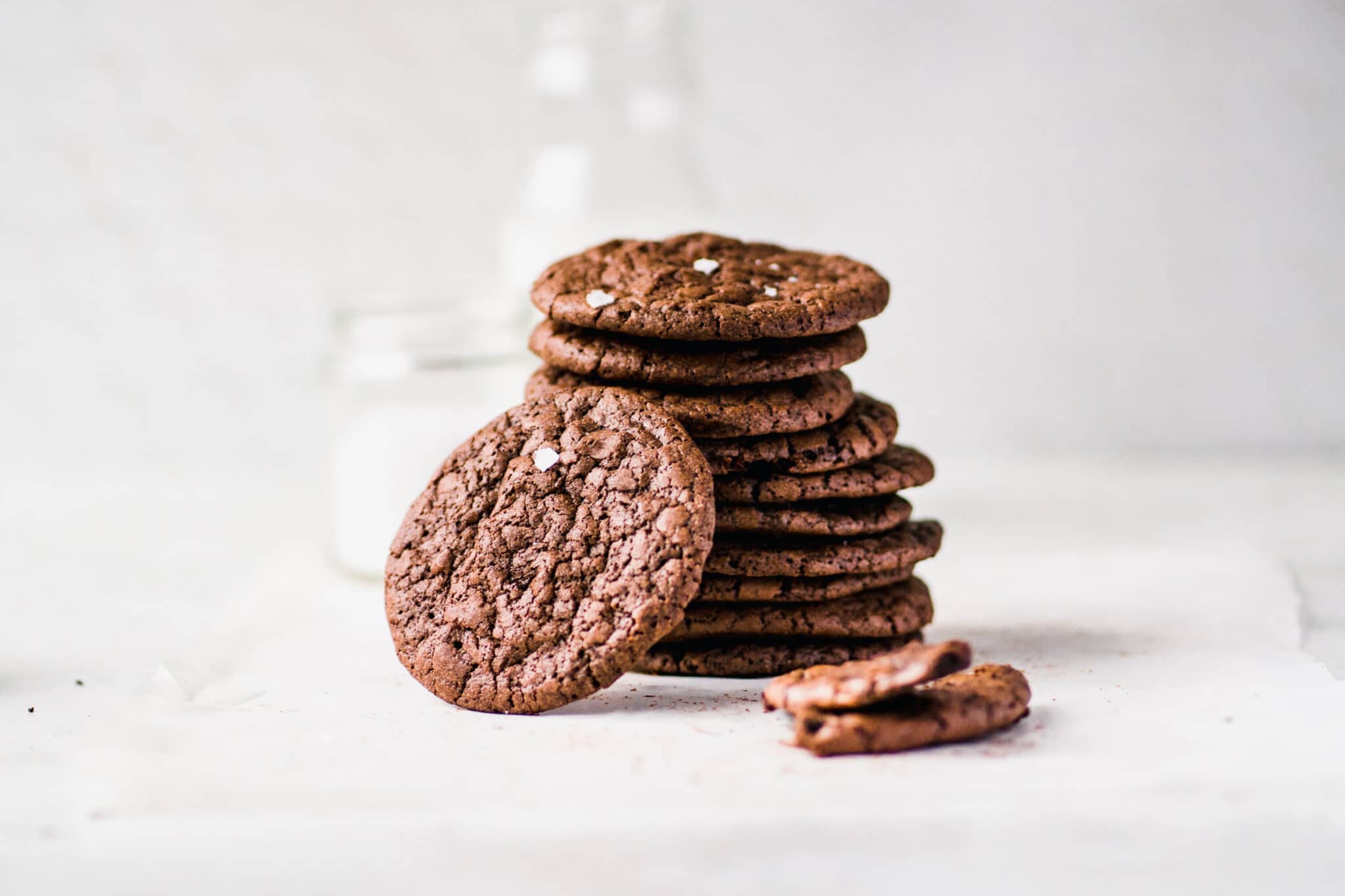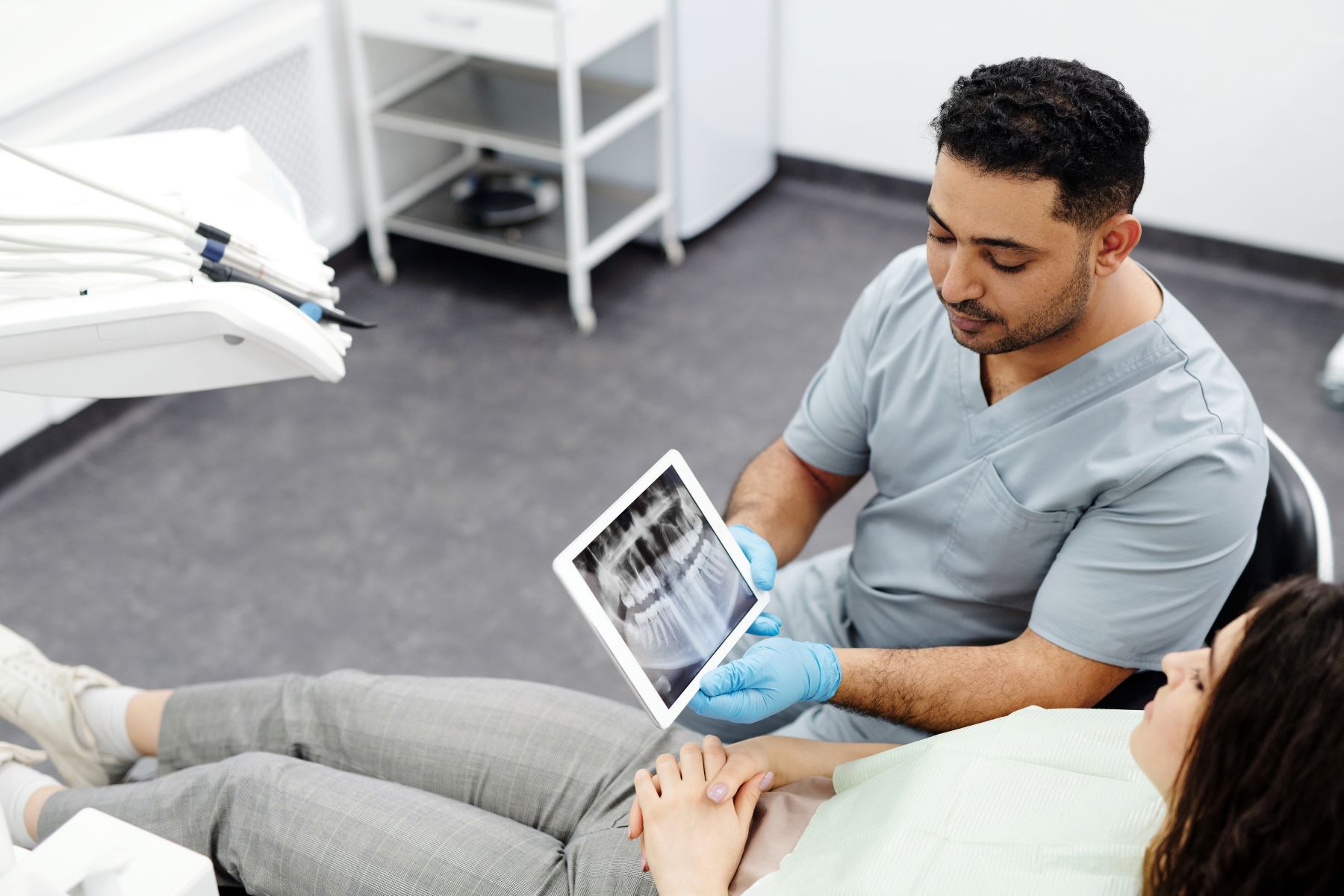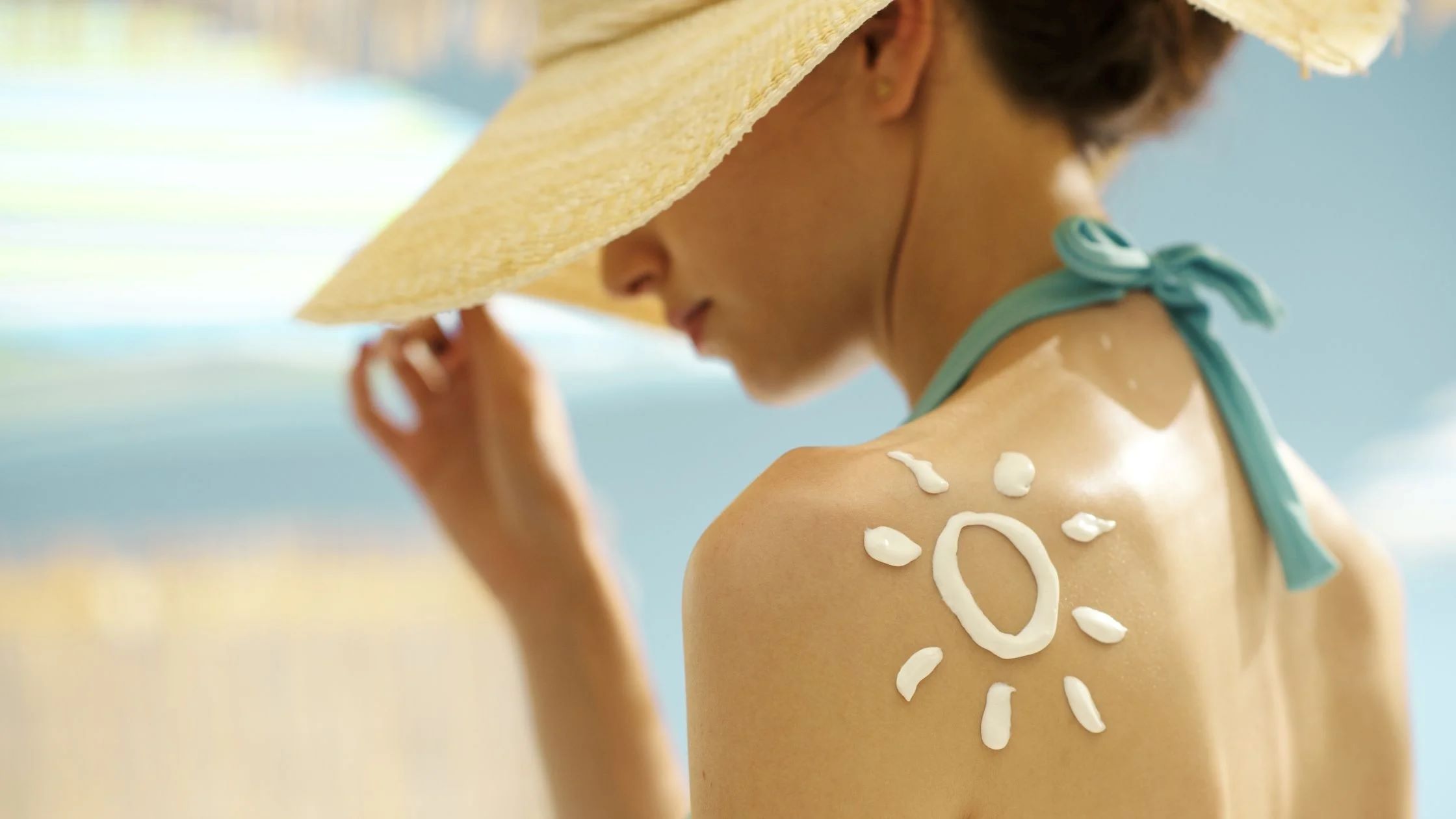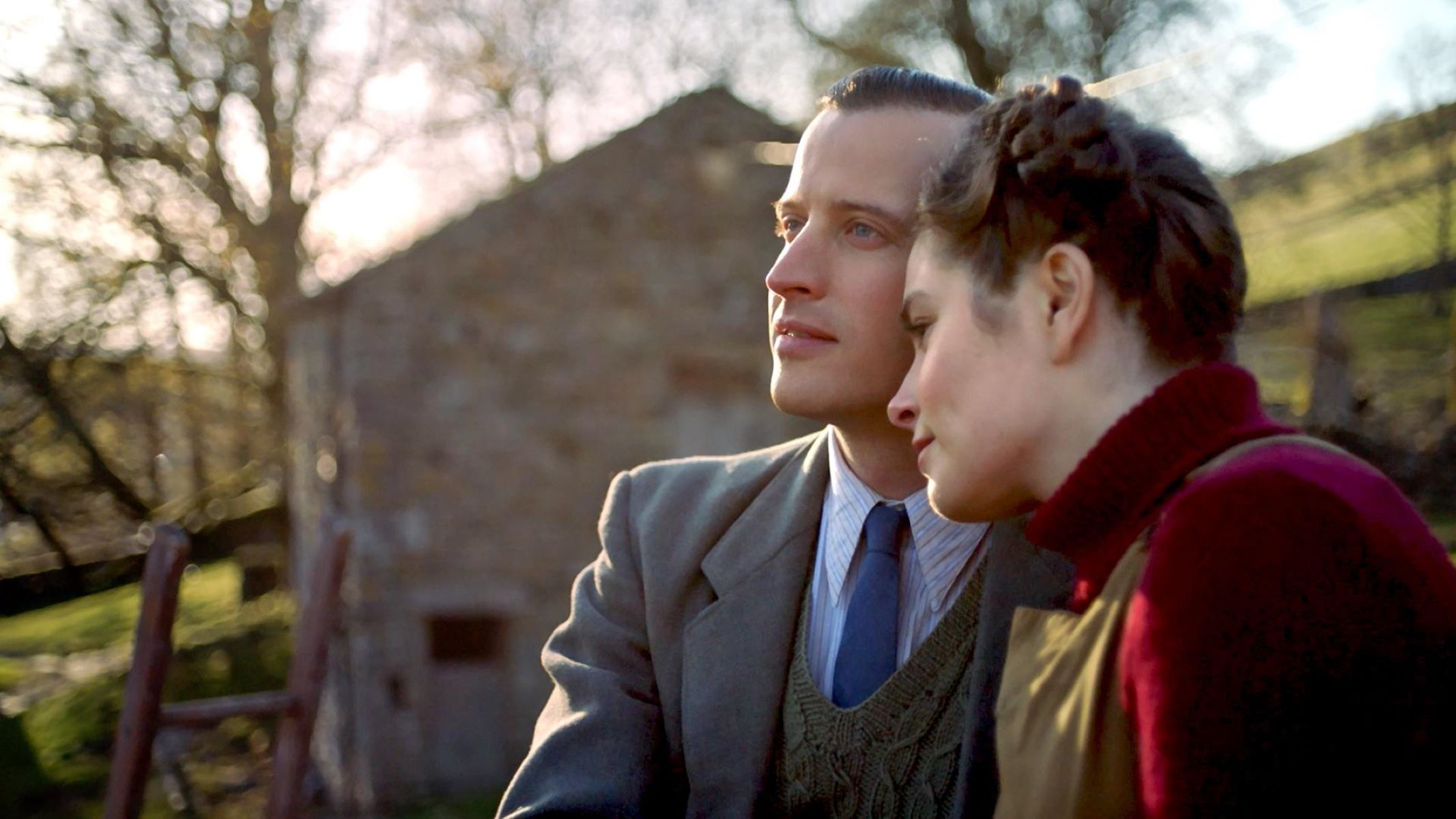Home>Health and Wellness>How To Treat And Prevent Turf Burn
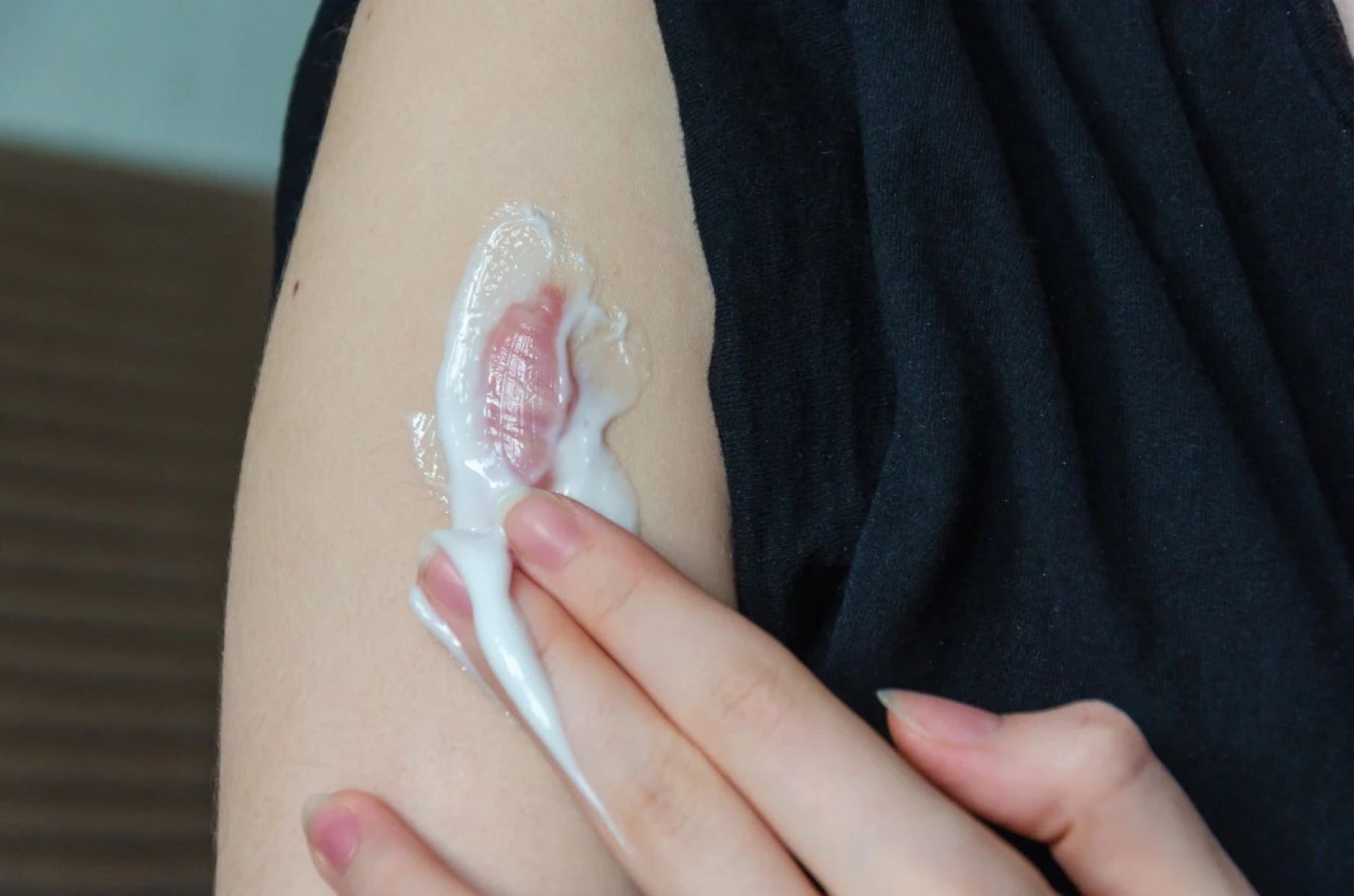

Health and Wellness
How To Treat And Prevent Turf Burn
Published: February 26, 2024
Learn effective ways to treat and prevent turf burn for better health and wellness. Discover practical tips and remedies to alleviate discomfort and promote healing.
(Many of the links in this article redirect to a specific reviewed product. Your purchase of these products through affiliate links helps to generate commission for Regretless.com, at no extra cost. Learn more)
Introduction
Turf burn is a common injury that can occur during physical activities such as sports or exercise. It is characterized by a painful abrasion of the skin caused by friction against a rough surface, often resulting in redness, swelling, and discomfort. This type of injury is particularly prevalent among athletes who engage in sports like soccer, football, or rugby, where contact with artificial turf or rough ground is frequent.
While turf burn may seem like a minor inconvenience, it can lead to significant discomfort and inconvenience. Therefore, understanding how to effectively treat and prevent turf burn is crucial for individuals who are active in sports or other physical activities.
In this article, we will delve into the details of turf burn, exploring its causes, symptoms, and the most effective methods for treating and preventing this common injury. By gaining a comprehensive understanding of turf burn and its management, individuals can minimize the risk of experiencing this painful condition and ensure a smoother road to recovery in the event of an injury.
Read more: How To Clean Turf
What is Turf Burn?
Turf burn, also known as astroturf burn or artificial turf burn, is a type of abrasion injury that occurs when the skin comes into contact with rough surfaces, such as artificial turf, gravel, or rough ground. This injury is commonly experienced by athletes participating in sports like soccer, football, rugby, and field hockey, where falls, slides, or tackles on abrasive surfaces are frequent occurrences.
When an individual slides or falls on artificial turf or rough ground, the friction between the skin and the surface can cause the outer layer of the skin to scrape off, resulting in a painful and often raw abrasion. The affected area typically appears red, swollen, and may ooze clear fluid. In some cases, dirt and debris from the surface may become embedded in the wound, increasing the risk of infection.
Turf burn injuries can vary in severity, ranging from mild abrasions to more extensive wounds that require medical attention. While superficial turf burns may heal within a few days with proper care, deeper or more extensive injuries can take longer to heal and may leave scars.
The symptoms of turf burn include pain, tenderness, redness, swelling, and in some cases, bleeding. The affected area may also feel warm to the touch, indicating inflammation. In addition to the physical discomfort, turf burn injuries can also cause significant inconvenience and may limit an individual's ability to engage in physical activities until the injury has healed.
Understanding the nature of turf burn and its potential impact is essential for individuals who are active in sports or other physical activities. By recognizing the causes and symptoms of turf burn, individuals can take proactive measures to prevent these injuries and effectively manage them when they occur.
How to Treat Turf Burn
Treating turf burn promptly and effectively is crucial for promoting healing, preventing infection, and minimizing discomfort. Here are the essential steps to treat turf burn:
-
Clean the Wound: Begin by gently cleansing the affected area with mild soap and water to remove any dirt, debris, or bacteria that may have entered the wound. It's important to avoid harsh scrubbing, as this can further irritate the injured skin.
-
Apply Antiseptic Ointment: After cleaning the wound, apply a thin layer of antiseptic ointment to help prevent infection and promote healing. Common over-the-counter options include bacitracin or triple antibiotic ointment. These products create a protective barrier over the wound while delivering antimicrobial properties to reduce the risk of infection.
-
Cover the Wound: Protect the turf burn with a sterile, non-stick dressing or a breathable adhesive bandage. This will shield the injury from further irritation, reduce the risk of contamination, and promote a moist healing environment. Regularly change the dressing to keep the wound clean and monitor its progress.
-
Manage Pain and Inflammation: Over-the-counter pain relievers such as ibuprofen or acetaminophen can help alleviate discomfort and reduce inflammation associated with turf burn injuries. Follow the recommended dosage and usage instructions provided on the medication packaging.
-
Promote Healing: To support the healing process, keep the affected area clean and dry. Avoid activities that may cause further trauma to the injured skin, such as excessive friction or pressure. Additionally, maintaining good overall nutrition and staying hydrated can aid in the body's natural healing mechanisms.
-
Seek Medical Attention if Necessary: In cases where the turf burn is extensive, shows signs of infection, or does not show improvement within a few days, it's important to seek medical evaluation. A healthcare professional can assess the injury, provide appropriate wound care, and recommend further treatment if needed.
By following these steps, individuals can effectively manage turf burn injuries and facilitate the healing process. It's important to monitor the injury closely and seek medical advice if there are any concerns about the healing progress or signs of infection. Prompt and proper treatment can help minimize the impact of turf burn and promote a faster recovery.
Preventing Turf Burn
Preventing turf burn is essential for athletes and individuals who engage in physical activities on surfaces prone to causing abrasions. By implementing proactive measures, individuals can significantly reduce the risk of experiencing this painful injury. Here are several strategies to prevent turf burn:
-
Wear Protective Gear: Utilizing appropriate protective gear, such as padded clothing and sports-specific equipment, can provide a layer of defense against turf burn. For sports like soccer, football, or rugby, wearing long sleeves, pants, and shin guards can help minimize skin exposure during falls or slides, reducing the likelihood of abrasions.
-
Choose the Right Footwear: Selecting footwear with adequate traction and ankle support is crucial for preventing slips and falls that can lead to turf burn. Shoes designed for specific sports often feature cleats or studs that provide stability and grip, reducing the risk of sudden skidding or sliding on abrasive surfaces.
-
Inspect Playing Surfaces: Before engaging in physical activities, inspect the playing surface for any irregularities or hazards that may increase the risk of turf burn. Addressing issues such as loose turf, exposed gravel, or rough patches can help create a safer environment and minimize the likelihood of abrasive injuries.
-
Improve Technique and Awareness: Proper training and technique can contribute to injury prevention. Athletes can benefit from learning how to fall or slide safely to minimize skin contact with abrasive surfaces. Additionally, developing awareness of the playing environment and potential risks can help individuals anticipate and avoid situations that may lead to turf burn.
-
Utilize Protective Skin Products: Applying protective skin products, such as barrier creams or athletic tapes, to areas prone to abrasions can create an additional layer of defense against turf burn. These products can reduce friction and provide a protective barrier, helping to minimize skin trauma during physical activities.
-
Maintain Hydration and Skin Health: Keeping the skin well-hydrated and in good condition can enhance its resilience against abrasions. Adequate hydration and moisturization can improve skin elasticity and reduce the likelihood of skin injuries, including turf burn.
-
Prompt Wound Care: In the event of minor scrapes or abrasions during physical activities, promptly cleaning and dressing the wounds can prevent them from developing into more severe turf burn injuries. Proper wound care can minimize the risk of infection and promote faster healing.
By incorporating these preventive measures into their routines, individuals can reduce the likelihood of experiencing turf burn and enjoy a safer and more comfortable experience during physical activities. Prioritizing injury prevention not only minimizes the risk of turf burn but also contributes to overall well-being and athletic performance.
Conclusion
In conclusion, turf burn is a common and often painful injury that can significantly impact individuals who are active in sports or physical activities. Understanding the causes, symptoms, treatment, and prevention of turf burn is essential for minimizing the risk of these injuries and effectively managing them when they occur.
By recognizing the nature of turf burn and its potential impact, individuals can take proactive measures to prevent these injuries. Wearing appropriate protective gear, choosing the right footwear, inspecting playing surfaces, improving technique and awareness, utilizing protective skin products, maintaining hydration and skin health, and practicing prompt wound care are all crucial strategies for reducing the likelihood of turf burn.
In the event of a turf burn injury, prompt and proper treatment is vital for promoting healing, preventing infection, and minimizing discomfort. Cleaning the wound, applying antiseptic ointment, covering the injury, managing pain and inflammation, promoting healing, and seeking medical attention if necessary are essential steps for effective turf burn management.
It's important to emphasize the significance of seeking medical evaluation if the turf burn is extensive, shows signs of infection, or does not show improvement within a few days. Professional medical assessment can ensure appropriate wound care and further treatment if needed, ultimately contributing to a faster and more complete recovery.
By integrating preventive measures into their routines and being prepared to address turf burn injuries effectively, individuals can enjoy a safer and more comfortable experience during physical activities. Prioritizing injury prevention and prompt treatment not only minimizes the impact of turf burn but also supports overall well-being and athletic performance.
Ultimately, by equipping themselves with the knowledge and strategies outlined in this article, individuals can navigate the challenges associated with turf burn more effectively, enabling them to stay active, healthy, and resilient in their pursuit of sports and physical fitness.
